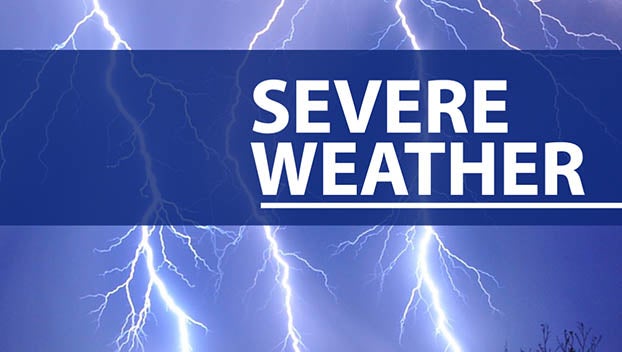New ordinance looks at issues over flood plains
Published 5:00 am Monday, September 21, 2009
An updated flood plain ordinance will be in effect in October,and citizens have until that time to take a look at it in thepublic works director’s office.
City officials have said the new ordinance is almost exactly thesame as the old one, with the only real change allowing for thecity’s almost tripling in size during the annexation two yearsago.
Public Works Director and Flood Plain Administrator SteveMoreton said where the city used to have two flood plain maps forthe seven square miles incorporated into the city, now there areseven maps for 22 square miles. The new ordinance has to be adoptedto meet Federal and Mississippi Emergency Management Agencyguidelines, he said.
Moreton said the maps have to detail the land’s terrain to showwhat falls within the flood plains and what does not.
“That area has to be described in the ordinance,” Moreton said,adding that FEMA and MEMA provide the maps with the terraindescriptors.
So, he added, the maps’ panel numbers – previously 101 and 102 -now go up through 107 after the adoption of the new ordinance.
What it does, Moreton said, is help people know if they are in aflood plain. The reason that matters is because guidelines mandatehow high a home must be built above the ground to be able toqualify for flood plain insurance.
“We have houses that are built in the flood plain – we allowthem to – and in the ordinance it tells you what to do to be ableto build there,” he said. “You have to be a minimum of 1 foot abovethe flood elevation level.”
In other words, if the regular flood level in an area is 10feet, then a home must be built at least 11 feet above the ground.Moreton said the level is established by finding the closestbenchmark from the most recent flood.
“They’ll find a watermark on a tree and put a nail in the treeand say, ‘This is the flood plain level,'” he said. “You have tobuild a minimum of 1 foot above that. And if you go even higher,your insurance premiums are reduced.”
Moreton said two commonly used ways to elevate a home are tohave a raised foundation or to put the home on blocks and have acrawl space beneath.
“But both of those still have to be up that high,” he said. “Andin both cases if you want to build there, you have to stillunderstand you’re in a flood plain and get a building permit.”
The time it is most important to have the home built correctly,aside from when there is an actual flood, is when a potentialbuilder is trying to put up a home in a flood plain area.
“If you go to a financial institution and try to borrow money toput a home in a flood plain, they’ll demand that you have thatinsurance,” Moreton said. “And it’s a good thing to have if you endup needing it.”




